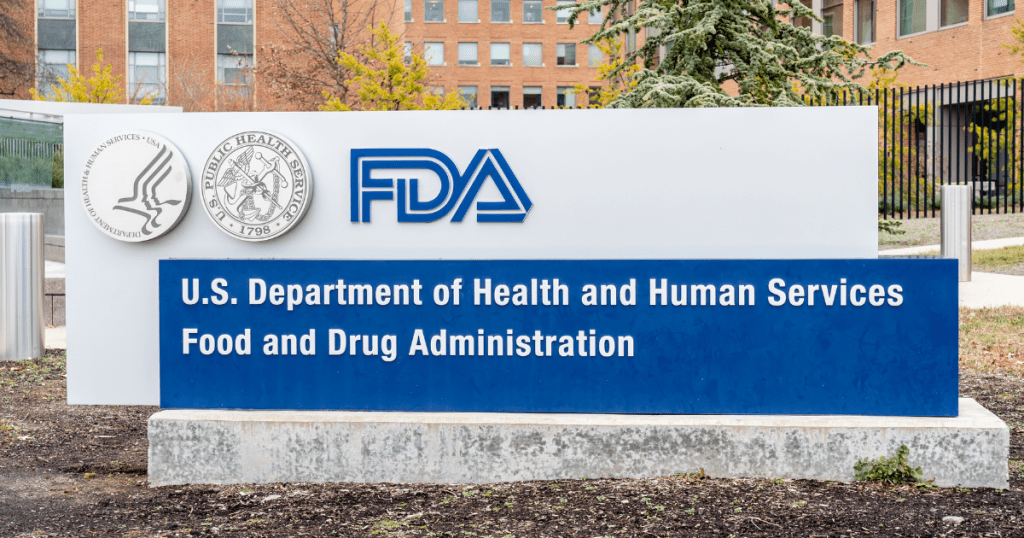Newly Revised FDA Inspection Guidance Document

By Eric Foxman, AAHP Secretary, Pharm. (Ret.)
The U.S. Food and Drug Administration released a revised Inspection Guidance for its staff. While the overall contents are not new, it is worth a careful read-through to understand FDA’s priorities and to gain insights into the areas where future inspections will likely focus. For some time, inspections were scheduled according to the agency’s model for selecting sites based on risk. However, it is now clearer what some of those risk factors are and, by inference, how they might impact homeopathic production facilities, including both domestic and international production sites.
The overall focus of the compliance program is to determine whether drug manufacturing establishments comply with CGMP requirements. FDA expects that establishments complying with CGMP requirements are operating in a “state of control” and consistently manufacture drug products of acceptable quality. FDA will gather information to assess, among other things, the effectiveness of the establishment’s quality system.
The agency may use other information sources to assist in the evaluation, including: (1) other inspections conducted by FDA; (2) inspection reports requested from foreign regulatory partners; and (3) remote regulatory assessments, including (a) records or other information requested directly from facilities and other inspected entities, and (b) remote interactive evaluations.
The inspection strategy recognizes the agency cannot audit every aspect of CGMP during every inspection visit. The risk-based systems approach generalizes inspection coverage from a small number of circumstances to an overall evaluation of the establishment. The inspection is defined as audit coverage of two or more systems, with mandatory coverage of the quality system. Depending on the purpose of the inspection, inspection coverage may include different numbers of systems.
A full read of the revised Inspection Guidance Document details aspects in each of the six covered systems that might be covered in an inspection audit (see especially Part III, Section 3). While the guidance is written for FDA personnel, it will provide everyone who may be subject to inspection with a wealth of insights into “what” — and to some extent “how” — systems will be audited. These insights will better prepare sites ahead of time for the challenges that can arise in an inspection situation. One might be tempted to assume that a company’s homeopathic products should be considered low-risk, and therefore, the likelihood of an inspection is very low. However, risk, and inspection likelihood, can rise substantially due to factors beyond one’s control, including consumer complaints (to FDA) or regulatory queries by medical personnel/facilities in the event of reported exposure to a company’s product.
The revised Guidance document can be found here. Investing the time now can lay the groundwork for what may come at any moment later on. Even if one never has such an inspection, these preparations will give internal assurance your company has done what is necessary to provide your customers with properly made homeopathic drug products in circumstances that meet all your statutory requirements.
